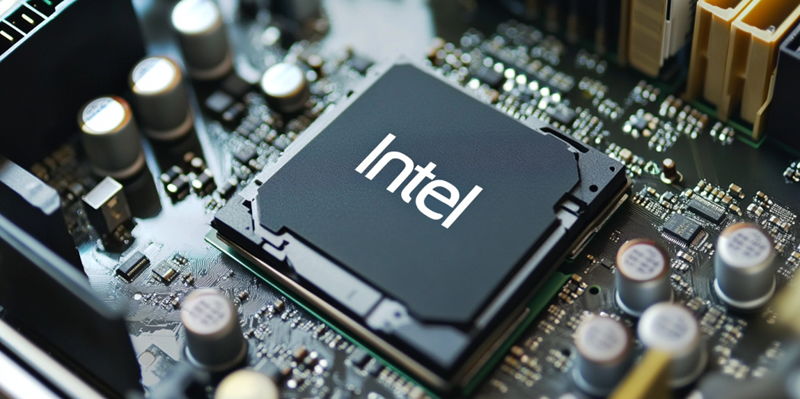Intel is gearing up for its latest CPU release under the "Arrow Lake" umbrella, and all eyes are on the forthcoming Core Ultra 285 non-K version, which promises to shake up the mainstream CPU market. Typically, Intel launches its K-series chips first, famed for their overclocking prowess, followed by the non-K versions designed for standard use. This traditional release sequence sets the stage for a deep dive into what makes the Core Ultra 285 a notable addition to Intel’s lineup.
Impressive Technical Specs and Benchmark Results
The Core Ultra 285 is equipped with a remarkable 24 cores and threads, setting the stage for robust performance capabilities. Notably, its maximum boost clock reaches an impressive 5.6GHz, just shy of the K-series variant. While this version’s base clock has seen a significant drop from 3.7GHz to 2.5GHz, early benchmarks tell a story of a CPU that still packs a punch. On Geekbench, the Core Ultra 285 matches the Core i9-14900K in multi-threaded performance and even outperforms the Core i9-14900KS in single-core tasks, underscoring its capabilities.
However, what really elevates the Core Ultra 285 is its efficiency. Drawing only 65W of power compared to the 125W required by its K-series counterpart, this CPU presents a compelling choice for users prioritizing both performance and power conservation. In essence, the Core Ultra 285 brings a balanced blend of speed and efficiency, making it a prominent contender in the CPU market.
Shifting Perceptions of Non-Overclockable CPUs
Historically, non-K CPUs have been less appealing to the enthusiast crowd due to their inability to overclock. However, the Core Ultra 285’s impressive benchmark numbers might change this narrative. By delivering robust performance in standard configurations, it opens up attractive possibilities for those building small form factor PCs where large CPU coolers are a non-starter.
Its efficiency and robust single-core performance make it particularly advantageous for gaming and lighter computing tasks. These attributes suggest that the Core Ultra 285 could become a favored choice among a diverse range of users—including those who previously might not have considered non-K options.
Expected Trends and Intel’s Release Strategy
Intel’s release strategy tends to follow a well-worn path: first, they roll out the K-series chips, and then, about three months later at CES, the non-K variants make their debut. This structured timeline has been effective in generating sustained buzz and excitement across multiple product tiers, and there’s no reason to believe the Arrow Lake launch will deviate from this pattern.
This predictable cadence not only fosters anticipation but also allows Intel to strategically position each CPU within its lineup to maximize market impact. As the launch of the Core Ultra 285 approaches, it will be pivotal to observe how Intel’s marketing and release efforts shape consumer perception and industry reactions.
A Compelling Choice for Mainstream Use
Intel is gearing up for its latest CPU release under the "Arrow Lake" umbrella, and all eyes are on the forthcoming Core Ultra 285 non-K version. This new addition promises to shake up the mainstream CPU market, attracting considerable attention. Traditionally, Intel introduces its K-series chips first, which are known for their remarkable overclocking capabilities. These chips are designed for enthusiasts who like to push their hardware to the limits. After the initial K-series launch, Intel follows up with the release of non-K versions. These are crafted for standard use, offering reliable performance without the need for overclocking.
The Core Ultra 285 non-K version follows this established pattern, setting the stage for a more detailed examination of its features and benefits. Enthusiasts and everyday users alike are eagerly anticipating what new innovations this CPU will bring to the table. Its inclusion in Intel’s lineup is notable for several reasons, from potential performance boosts to energy efficiency improvements. This new chip is expected to appeal to users looking for robust performance in day-to-day computing tasks without the need for extensive customization. Thus, the Core Ultra 285 is poised to be a significant contender in the mainstream market.

